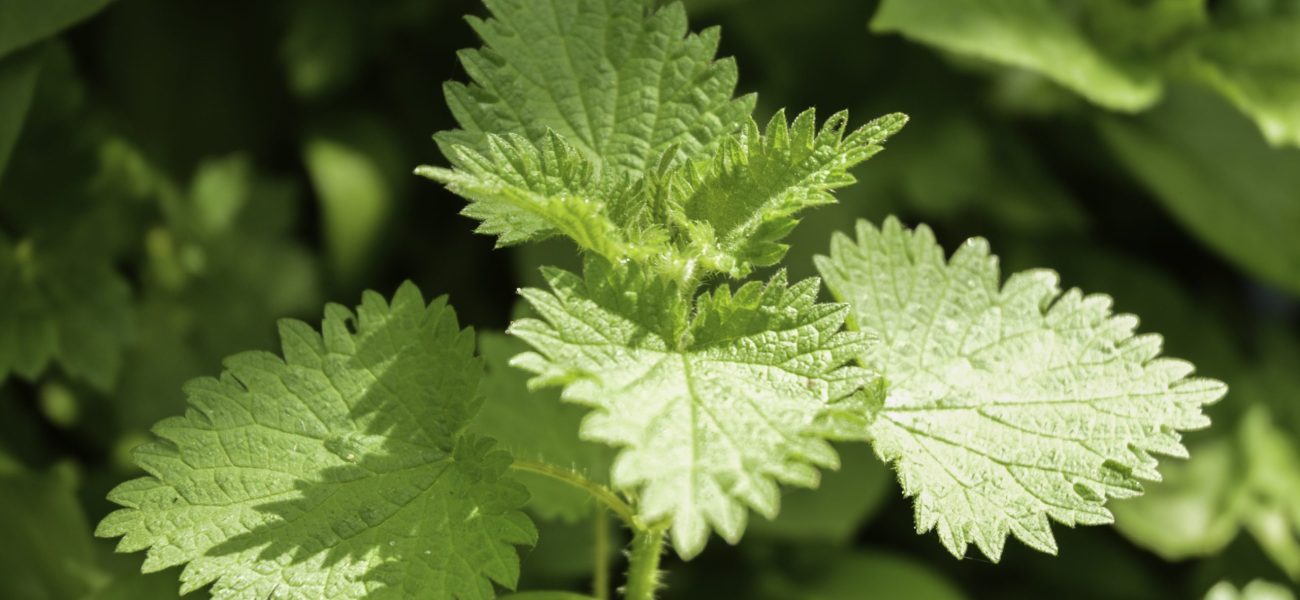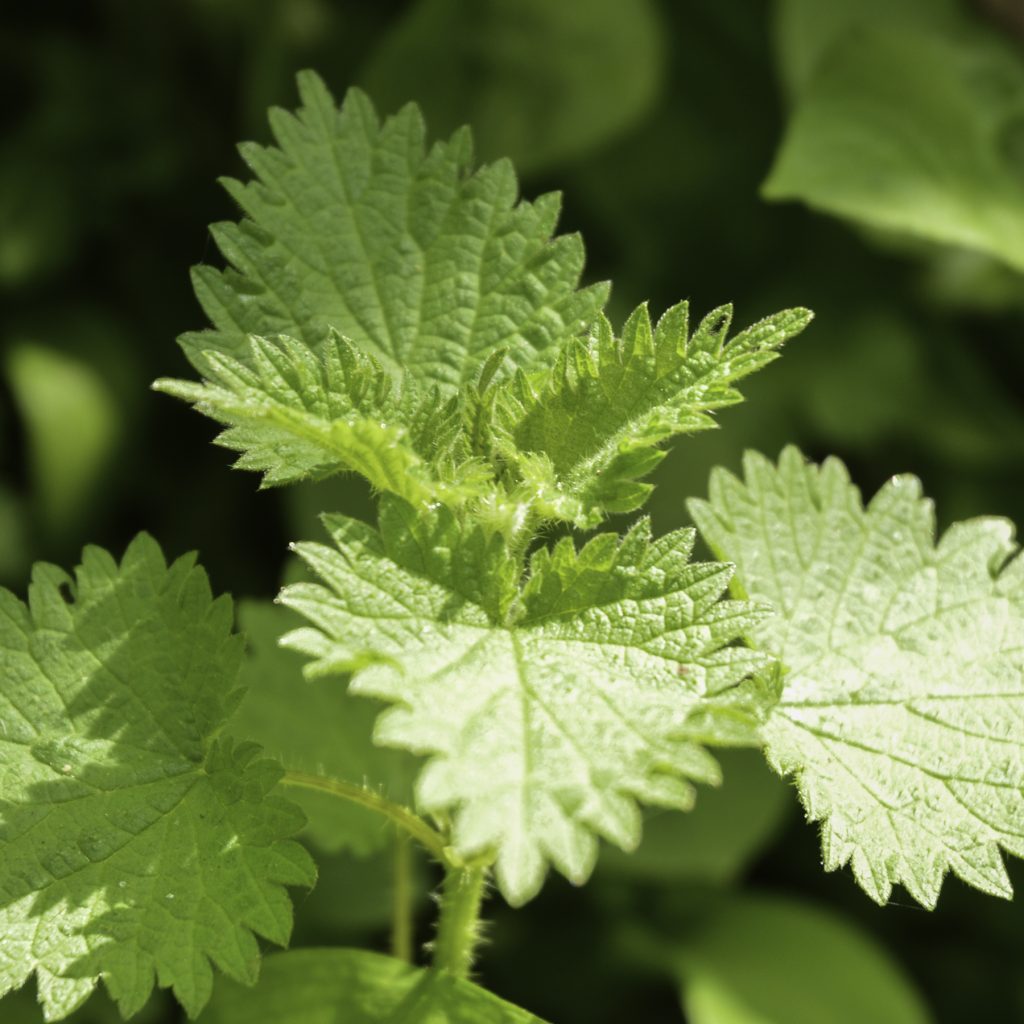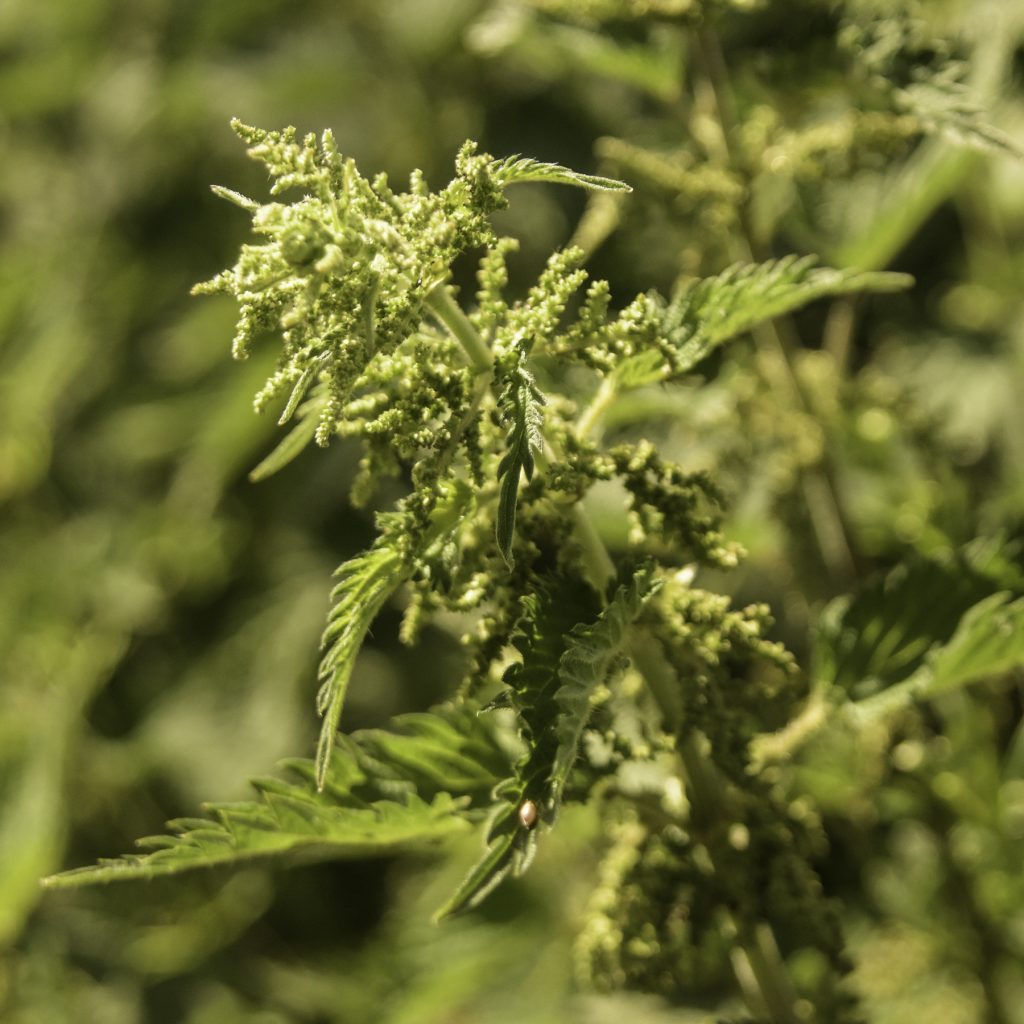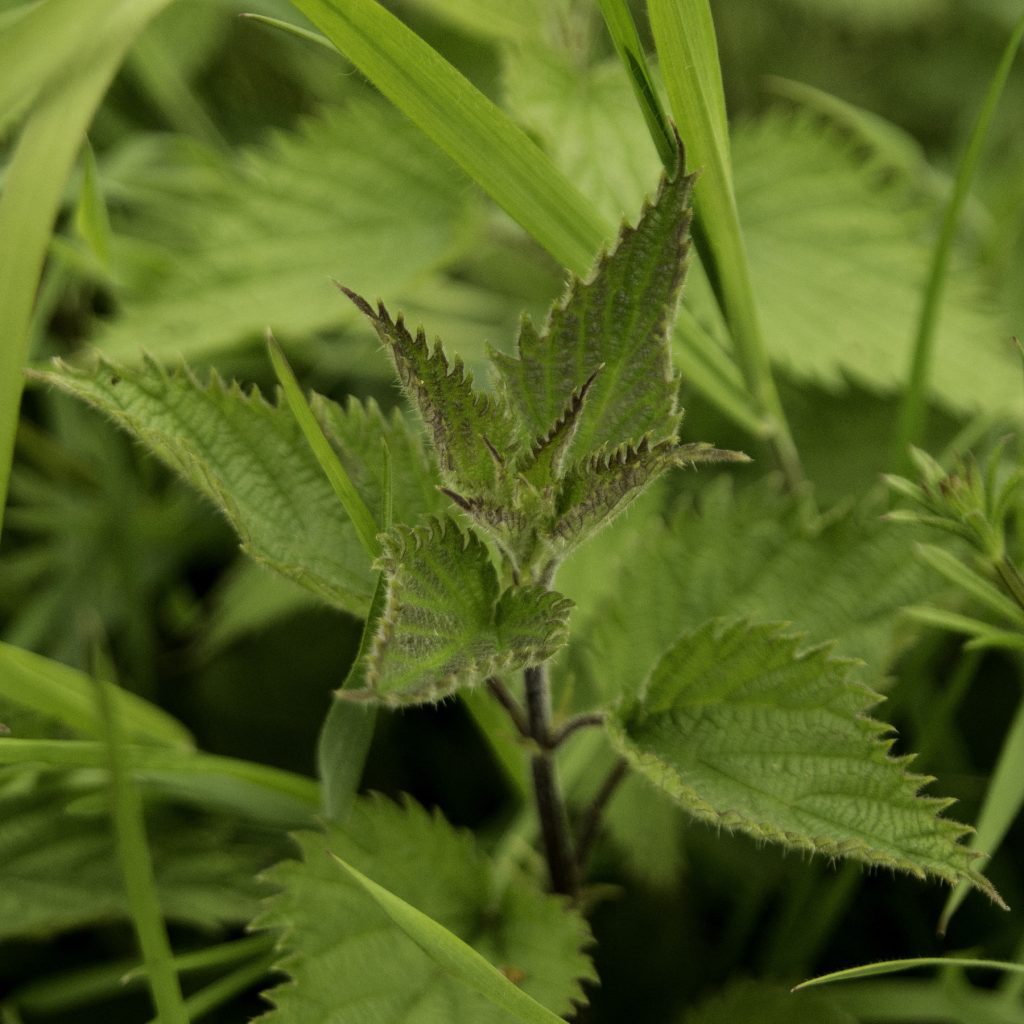What can I do with Hawthorn Berries?
The fruits are easy to identify and collect in large quantities and can be used to make fruit leathers (another name for a fruit roll-up),…

26th April 2022
Stinging Nettles (Urtica dioica) are a native superfood in the UK. What’s even better is that they are wonderfully easy to identify, collect and use! You will find stinging nettles available year round in abundance spread across a wide variety of habitats making them a great plant for those new to foraging.
A ubiquitous plant in the British Isles, stinging nettles are found growing in almost any fertile ground particularly favouring areas high in phosphates, most notably in fields where livestock have gathered under trees and hedgerows for shelter. Key places to look for nettles are edges, corners and bumpy bits of fields where the ground isn’t managed, woodland glades and edges, grass verges which are left to grow long, and any areas of scrub or abandoned building sites.
Yes! In fact it has now become the norm for people to consume stinging nettles in some form or other, whether that be in tea, as a vegetable, or a snack when out walking. However after they grow their flowers, they develop cystolithic crystals in the leaves and stems and so are best avoided at this growth stage. The seeds, which develop after the flowers, are safe to eat and have a nutty flavour which lends itself well to being used in breads, crackers or as salad or porridge toppers. The young leaves are the best ‘vegetable’ part of the plant and can be used as a spinach substitute, Nettle risotto is one of our favourite ways to use them here at Original Outdoors. Just remember that you will need to either crush the leaves very well, or apply heat by steaming, boiling or roasting in order to breakdown the sting before consumption.
Stinging nettles grow in patches, are upright and hairy, can be short if regularly cut down/grazed, or tall and leggy if growing in a shaded area and left alone. They have a square stem and saw-tooth edged leaves which grow in pairs opposite each other up the single stems. Nettles are dioecious which means that the female and male flowers grow on separate plants, the male flowers are in long, dangly catkins whereas the female flowers are in short slightly fluffy clusters which will develop into seeds.
A key feature of stinging nettles is that they sting, anything which looks like stinging nettle in the UK and does not sting, is not a stinging nettle, it is probably one of the unrelated dead nettle species. When collecting nettles for consumption, it is really the nettle tops which you are after, these are the sweetest part of the plant and also have the softest hairs which means they are less of a stinging hazard. By the tops I mean the top 4-6 leaves of the plant, these can be pinched off with bare fingers if done confidently to crush the hairs which deliver a sting if you brush against them. If you are collecting a large quantity of nettle tops it is much easier to wear gloves to prevent the odd accidental sting.
There are very few plants which you can misidentify for stinging nettle, particularly if you have accidentally walked to close when wearing shorts! However if you see a plant which looks similar to a stinging nettle but has flowers which looks like flowers in a defined colour, then you are likely looking at one of the dead nettle species. Some of the dead nettles have their own uses, but they are not the culinary delight that is stinging nettle.



Foraging and hunting for wild food is a potentially hazardous activity. Whilst we try to make sure these wild food guides are as accurate as possible there is ALWAYS the possibility of misidentifying a plant or other item and the descriptions given might also apply to similar toxic plants. Common names cannot be relied upon as they change from region to region, and there are some similar names for very different plants.
You should always be confident of the identification of a plant, fungus or lichen BEFORE you touch it and especially before you put it anywhere near your mouth. The best way to do that is by checking with a good wild flower key or identification book, and ideally cross-referencing between more than one book. We have a blog post on some of the foraging guide books that we recommend HERE. We also deliver foraging and wild foods training in person and online.
A Mountain Leader with over a decade of experience across the UK and overseas, Richard is our Lead Instructor and a partner in Original Outdoors. He is a specialist in temperate wilderness skills and the wild foods of the British Isles, and also works as a consultant for various brands and organisations. Richard lives in North Wales.
A Life More Wild is the philosophy which underpins everything we do.
It encompasses practical skills, personal development, community learning and a journey to live more intentionally.
The fruits are easy to identify and collect in large quantities and can be used to make fruit leathers (another name for a fruit roll-up),…
North Wales is a fantastic place to look for fungi, with a wide range of habitats and ideal climate. If you’ve been out to a…
This mushroom can be used in stocks, dried and ground down into a powder, or cooked into casseroles, stir fry’s and soups. Our favourite use…
Sloes are ripe before the first frosts these days, but you can use a freezer to imitate the affect of a frost and have some…
